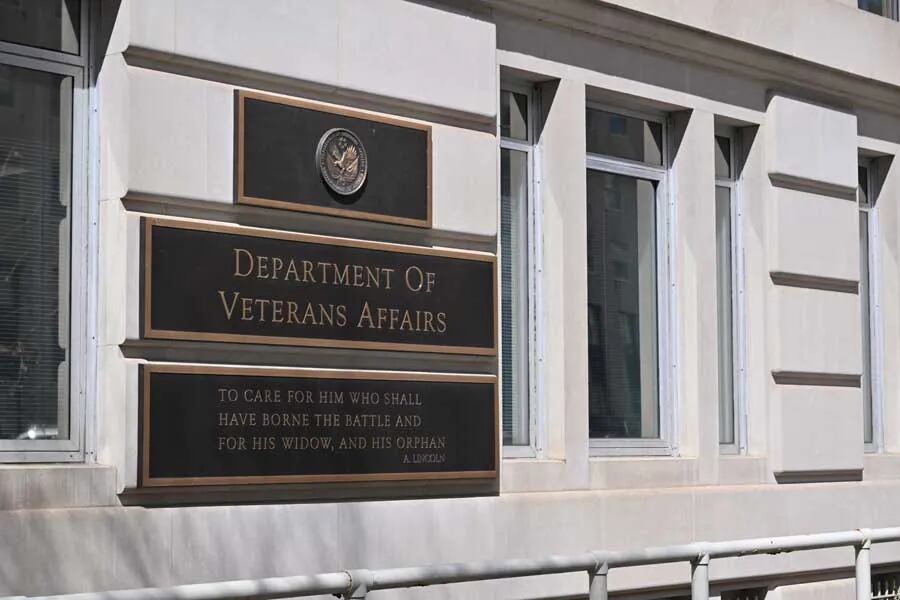In October, days after a brief but complex attack was repelled by U.S. soldiers at an obscure Somali airfield, the general helming U.S. Africa Command’s Army component asked a simple question: Are these guys getting combat patches?
Up to that point, Maj. Gen. Roger Cloutier Jr. didn’t have the authority to award those decorations, according to officials at the command. In the past year he had led U.S. Army Africa, there hadn’t been major instances of combat for soldiers not assigned to AFRICOM’s special operations component. When and if combat did occur, the decorations could be handed out stateside, officials reasoned.
But the attack on Baledogle Airfield, which included three car bombs and at least a dozen al Shabab fighters, changed that. Cloutier took steps to request wartime awards approval authority following the incident, allowing him to green-light 56 Combat Action Badges and 70 Combat Infantryman Badges to soldiers who were engaged in ground combat at the air base.
“It was a complex attack,” an Army official said. “Those guys were prepared and every al Shabab fighter that decided to toe up against that base in Baledogle, they were killed to the man.”
While no combat badges have been approved for 2020, a nighttime raid at the seaside airfield of Manda Bay, Kenya, on Jan. 5 breached the base’s perimeter and damaged six aircraft. One U.S. serviceman — a conventional soldier — and two Pentagon contractors were killed.
That raid, like the 2017 Tongo Tongo ambush before it, highlighted once more the risks on the continent for U.S. forces stretched over a landmass more than twice the size of the mainland United States.
Roughly a month afterward, the Pentagon announced the upcoming deployment of a security force assistance brigade, or SFAB, to Africa as part of the U.S. military’s “right-sizing” of forces globally. The SFAB is not expected to have the network of bases and airlift that was present on its inaugural deployment to Afghanistan, the brigade’s commander, Brig. Gen. Scott Jackson, said previously.
“The infrastructure for Gen. Jackson and his guys is going to be very austere,” Chairman of the Joint Chiefs Gen. Mark Milley told Congress on Feb. 26. “They knew that going into it. They volunteered for that and they are specifically prepared to train, advise, assist, coach, teach, mentor and accompany indigenous forces.”
Due to the ongoing coronavirus pandemic, SFAB soldiers have adjusted their planned advising events, and there are no ongoing events at this time, AFRICOM officials said Monday.
Combat in an area the size of Africa is hard to characterize. But force protection roles, like those at Baledogle, will not be in the SFAB’s purview, Army officials said. The East Africa Response Force, a quick reaction unit dispatched after the Manda Bay attack, will still be filled by other forces as well, even though the SFAB is ostensibly replacing 101st Airborne Division soldiers who last occupied the position.
Instead, when operations resume, the SFAB will be training partners on tasks like counter-IED procedures, advanced infantry tactics and the use of mortars, Army officials said.
Still, militant attacks in Africa have caught the Pentagon off-guard in recent years. And the casualties they cause never fail to bewilder the American public, who inevitably ask: “We have troops there?”
Yes, we are in Africa
Roughly 6,000 U.S. personnel are present in Africa, with most anchored around Djibouti in the east. From there, they fan out around locales like Kenya to primarily support the fight against al Shabab in Somalia. In the west, U.S. troops support roughly 4,000 French forces looking to oust Islamic militants from the north of Mali and also conduct counterterrorism missions of their own.
AFRICOM did not go into specifics, but officials said that the coronavirus has altered the “size and scope” to ensure the protection of the force, both American and partner nation, officials said.
Regardless of the location, AFRICOM is always quick to emphasize that the mission is “by, with and through” local partners. The periodic deaths of American troops make that hard to believe. But the ongoing Pentagon review of combatant commands could change that even further.
The Army’s involvement in Africa was the first up for consideration by Defense Secretary Mark Esper’s evaluation of whether the current global force posture is meeting the department’s objectives, which involve providing a counterweight against China and Russia.
As part of the review, the Pentagon directed the Army to deploy its 1st Security Force Assistance Brigade to the African continent, replacing elements of the 101st Airborne Division.
“We only have so many forces, and the forces are going to be allocated towards the priorities," Army Chief of Staff Gen. James McConville said of the shift. “And one of the reasons we stood up the SFABs is it’s a very efficient and effective way to build partner capacity.”
The move signals the start of regional alignments for the Army’s specialized adviser units, which the Pentagon said will free up the service’s brigade combat teams to focus on training to fight peer adversaries. It could also alleviate some of the work relegated to Army Green Berets.
“Special Forces is very good at training tactical-type units; They’re very good at accompanying tactical-type units," McConville said. “But SFABs build a professional military force, which is different. How do you do logistics. How do you maintain vehicles. How do you build a professional military that will provide security.”
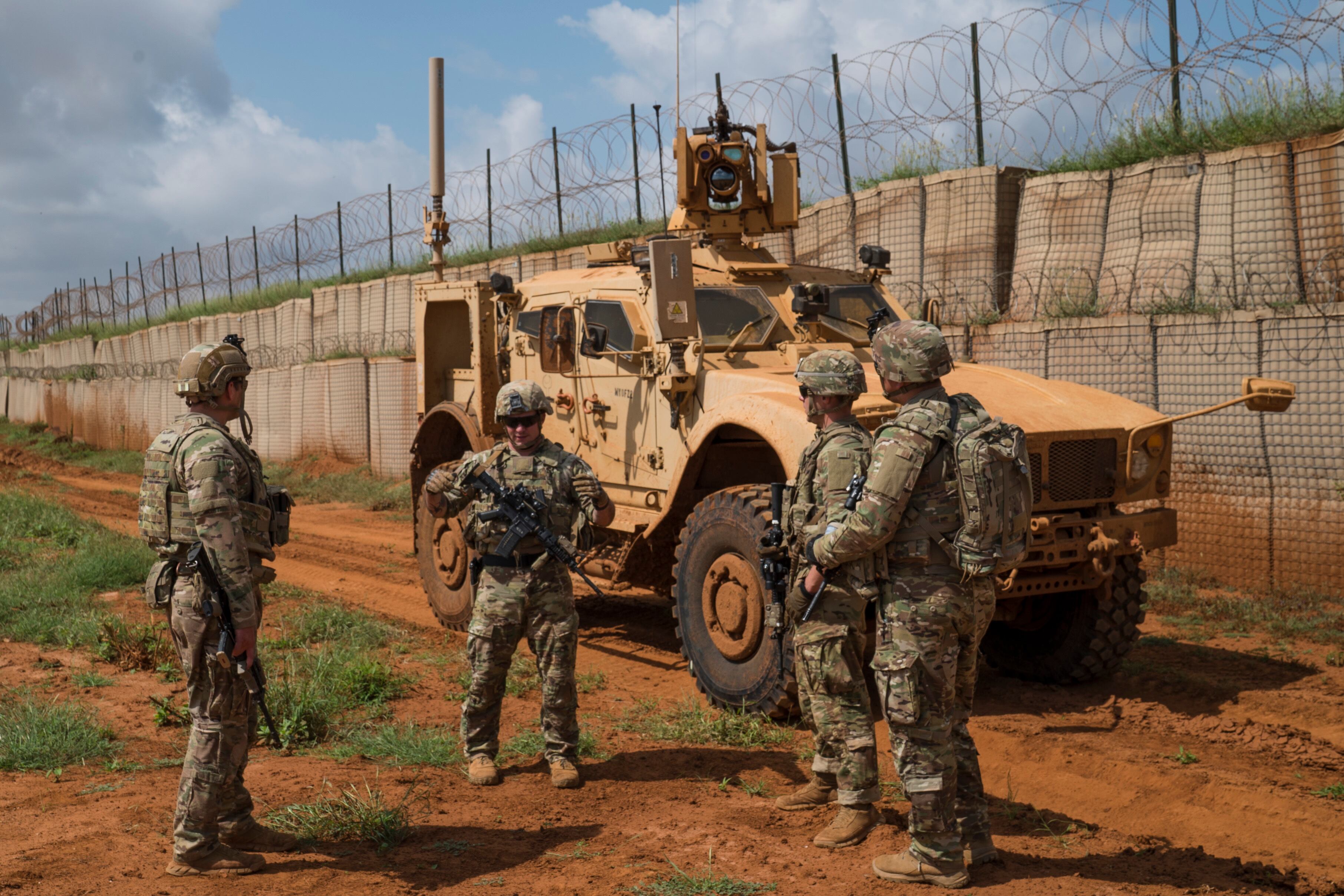
The typical Army Green Beret team is led by a captain, one whose experience is usually limited to running a unit of 12 special operators and maybe a few dozen more soldiers brought along as enablers.
“That captain has never been a battalion commander, never a brigade commander, and maybe never even a company commander,” McConville added. “They know how to do tactics and sergeants certainly know how to do skillsets ... but they’ve never run a battalion. The SFAB is going to have a forward battalion commander that has run a battalion. The brigade commander is a former brigade commander who has run a brigade. That’s how you professionalize these armies.”
Special operations forces also plan to increasingly rely on 127 Echo programs in Africa, the Joint Staff’s then-vice director of operations, Maj. Gen. James B. Hecker, told Congress last winter. Those programs fund the use of units from African governments as “surrogate forces” in counter terrorism missions, shifting a greater share of the burden of waging war onto local partners, while Americans retain operational control.
The 127 Echo programs started with a modest fiscal authority of $10 million in the mid-2000s, but have since grown to about $100 million per fiscal year.
A new authority, called Section 1202, was “purpose built” to also use surrogate forces, but within the context of great power competition rather than counterterrorism, Owen West, the former assistant defense secretary for special operations, said at the same hearing last year.
“We have to demonstrate its value proposition to you ... but ultimately, I think this should be as large as 127 E,” West told Congress on Feb. 6, 2019. Section 1202 authorities were first passed in the 2018 defense budget. In December, they were extended through 2023.
Scrambling for influence
AFRICOM officials say a U.S. presence on the continent will prevent the resurgence of terror groups aligned with the Islamic State and al Qaida, as well as counter other powers interested in the region.
“Small investments, a few troops and a few bucks can go a long way and make a real difference in Africa,” Gen. Stephen J. Townsend, who leads AFRICOM, said Jan. 30.
Africa is important to China’s development strategy in the coming decades. The continent offers emerging markets, flush with booming populations and raw materials that could give China the next link in its own development chain.
RELATED
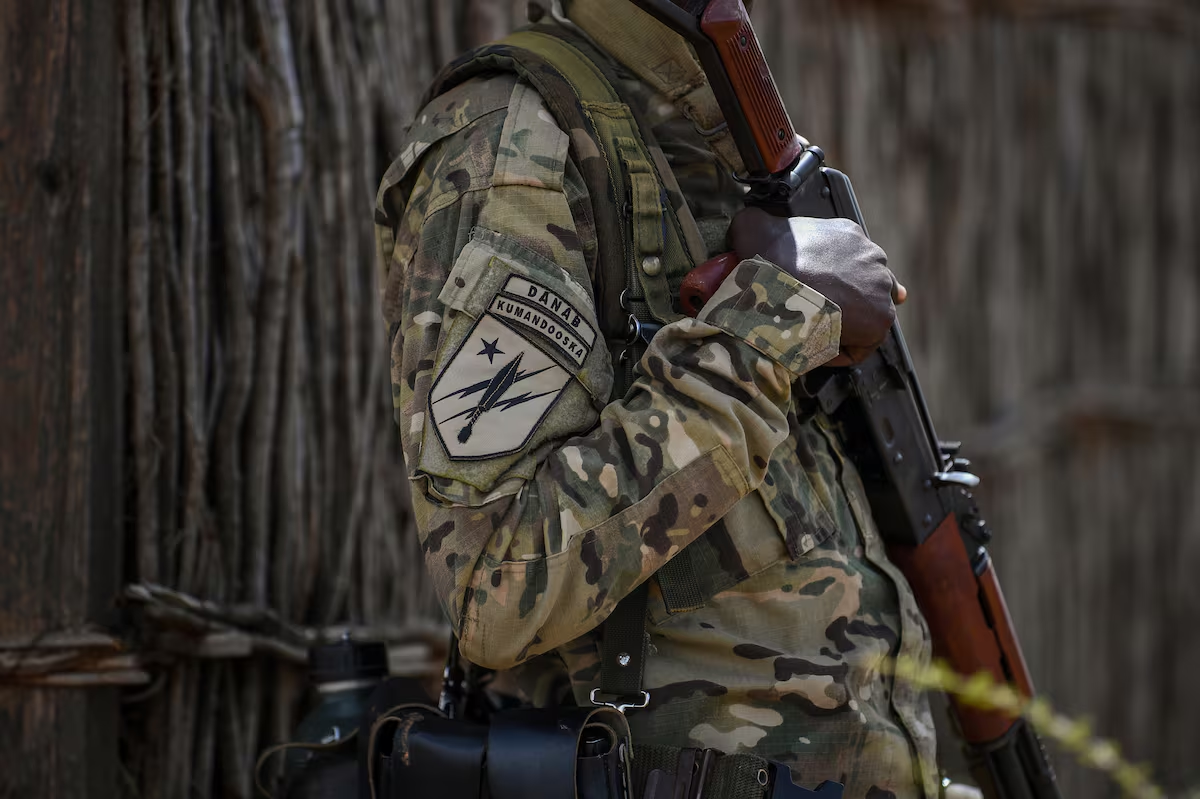
“In Africa, we see them in certain countries, maybe trying to get port authorities, maybe access to critical materials, minerals, etcetera," Sec. Esper said late last month. “That is happening through not all of Africa, but through many critical parts.”
China has a military presence in Djibouti, but so do many other countries. The port country is perched at the entrance to the Red Sea, where it watches over a significant portion of the trade flow between Europe and Asia.
Djibouti has one of the largest concentrations of foreign military bases in the world. But China’s main thrust into Africa involves economic might. It is the single largest financier of African infrastructure.
“So we look at the continent, all [54] countries,” Esper said. "We got to ask ourselves what is important to us ... what are the Chinese going after and why.”
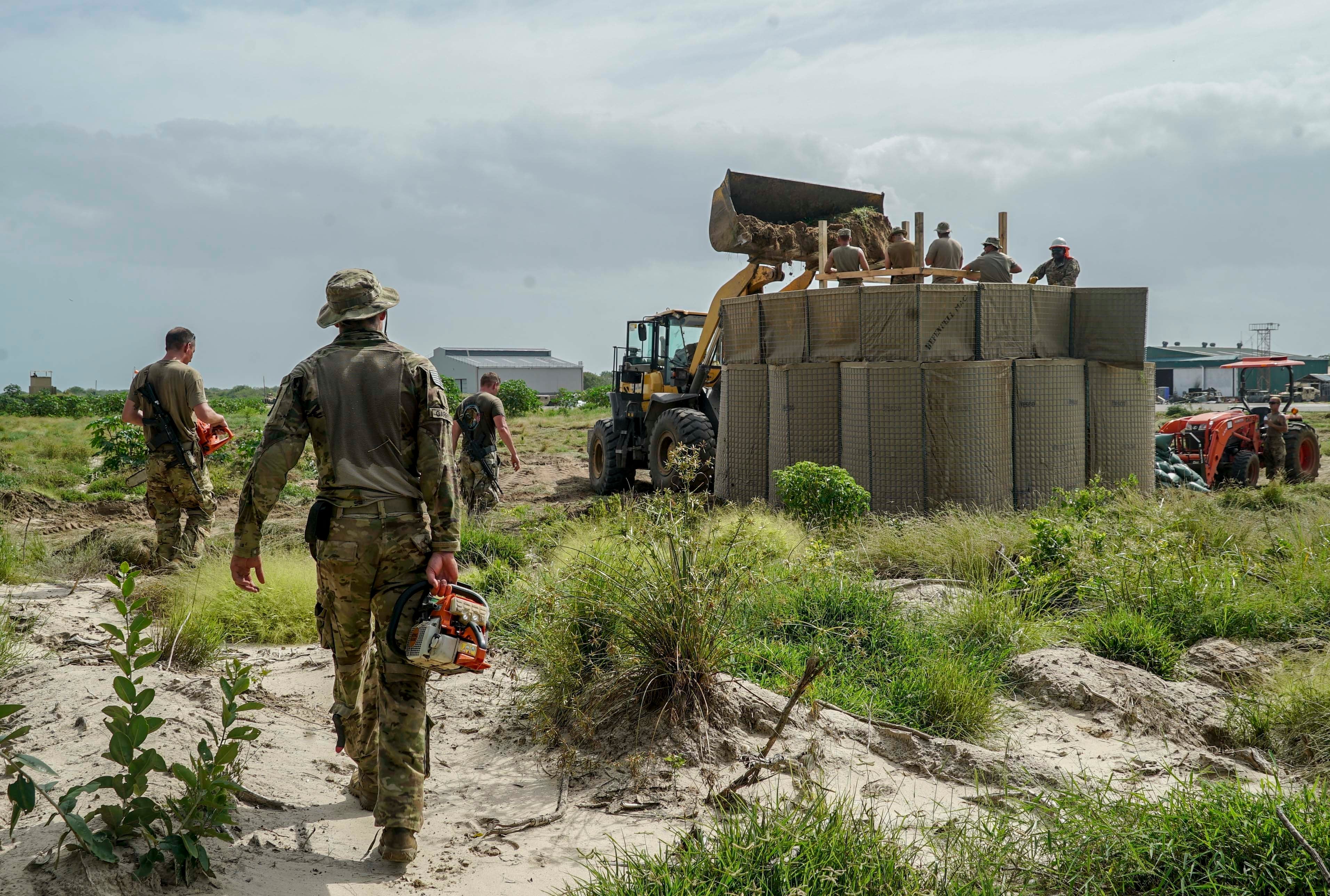
While China is mostly interested in economic influence for the time being, Russia appears more willing to commit combat forces, or at least mercenaries with strong connections back to the Kremlin.
Russian officials have been inking arms deals and security agreements across Africa in recent years. Chinese and U.S. firms are big weapons dealers in Africa, but Russia dominates the market, supplying 39 percent of arms imports on the continent between 2013 and 2017.
Russia has also been involved in fighting terrorism, deploying roughly 200 mercenaries to Mozambique to combat a growing ISIS offshoot there, according to the New York Times. Russian mercenaries have also been training troops in the Central African Republic, highlighted in a CNN investigation, as well working with Libyan Field Marshal Khalifa Hifter to influence the outcome of Libya’s civil war, the Times reported.
In the Central African Republic, Russian firms have attained rights to explore for diamonds and gold. Russia has stated its objective in Libya is to restore stability and fight terrorism. A senior U.S. defense official who spoke over the telephone in October told Army Times that Russian private military companies have been operating in eastern Libya with the intention to revive business contracts from before Libya’s civil war, worth in excess of $4 billion.
"So they have strong economic rationale as to why they’re going to continue to support Hifter,” the senior defense official said.
Smoke and mirrors
Although the focus is drifting towards great power competition, the actual threat to American lives on the continent remains from violent extremist groups. Violence in West Africa by those militants has grown by 250 percent since 2018, according to the State Department.
Counterterrorism missions aren’t in 1st SFAB’s wheelhouse. And although the unit is replacing elements of the 101st Airborne Division, there are other conventional Army units rotated in and out of the theater as well.
The attack at Baledogle, for instance, netted awards for New Jersey National Guardsmen, and Oregon Guardsmen were photographed at the airfield in December. Baledogle is one known launching pad for Danab light infantry, a commando force AFRICOM has relied upon to fight Islamic militants in Somalia.
Though the elite unit has been successful, it alone can’t take on the fight that the larger and more corrupt Somali Army shirks.
Somalia has been the primary site of kinetic operations for U.S. personnel. Airstrikes in the country spiked in recent years. There were 63 strikes against al-Shabab and ISIS-Somalia militants last year, up from the roughly 45 conducted in 2018, and the 35 conducted in 2017. One U.S. soldier was killed in southern Somalia in June 2018, and airstrikes are sometimes called in to protect U.S. troops who come under attack on the ground, as was the case about 40 miles west of Mogadishu in September 2018.
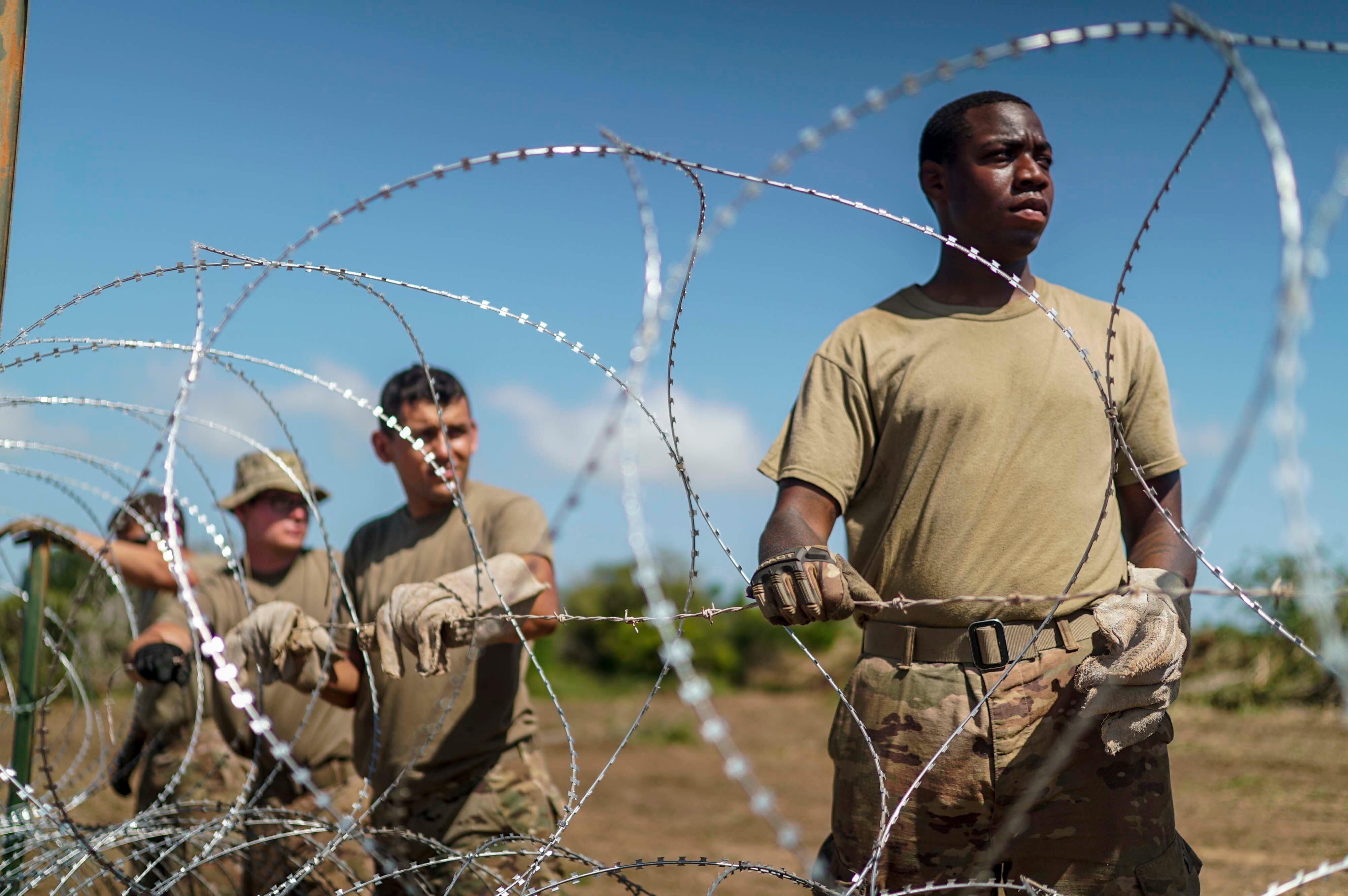
Considering the massive size of Africa, instances of combat are fairly rare. When loss of life does occur, U.S. officials are quick to launch investigations. One such review came following the Niger ambush that killed four U.S. soldiers in October 2017.
Among the many findings was the realization that U.S. special operations personnel in Niger were executing direct action missions rather than advising Nigerien-led operations. The investigation found a slew of deficiencies, to include that the contracted medical evacuation aircraft from Berry Aviation did not meet AFRICOM’s requirements for fighting militant groups in West Africa.
Like many of the attacks in Africa that cost American lives, U.S. military leaders admitted some variation of fault and said they will fill gaps. Another review is underway following the attack at Manda Bay, Kenya, which breached an airfield, killed three Americans and damaged multiple aircraft.
“We were not as prepared there at Manda Bay as we need to be,” AFRICOM commander Gen. Townsend told Congress.
Roughly 120 infantrymen from the 101st Airborne Division were sent to Manda Bay following the attack to secure the area, lay concertina wire and build defensive positions.
“I’m confident that by the time they’re done, Manda Bay will be much more properly defended,” Townsend said. “We’re not just stopping there, though. We’re looking across the continent, because I think that we viewed — and the Kenyans viewed — Manda Bay as a safe area. The Kenyans have family housing there for their military. It’s a resort area.”
Al Shabab showed their reach with the attack, Townsend noted.
“We need to take that seriously,” he said. “I’m looking with a clear eye at every location in Africa.”
Kyle Rempfer was an editor and reporter who has covered combat operations, criminal cases, foreign military assistance and training accidents. Before entering journalism, Kyle served in U.S. Air Force Special Tactics and deployed in 2014 to Paktika Province, Afghanistan, and Baghdad, Iraq.


